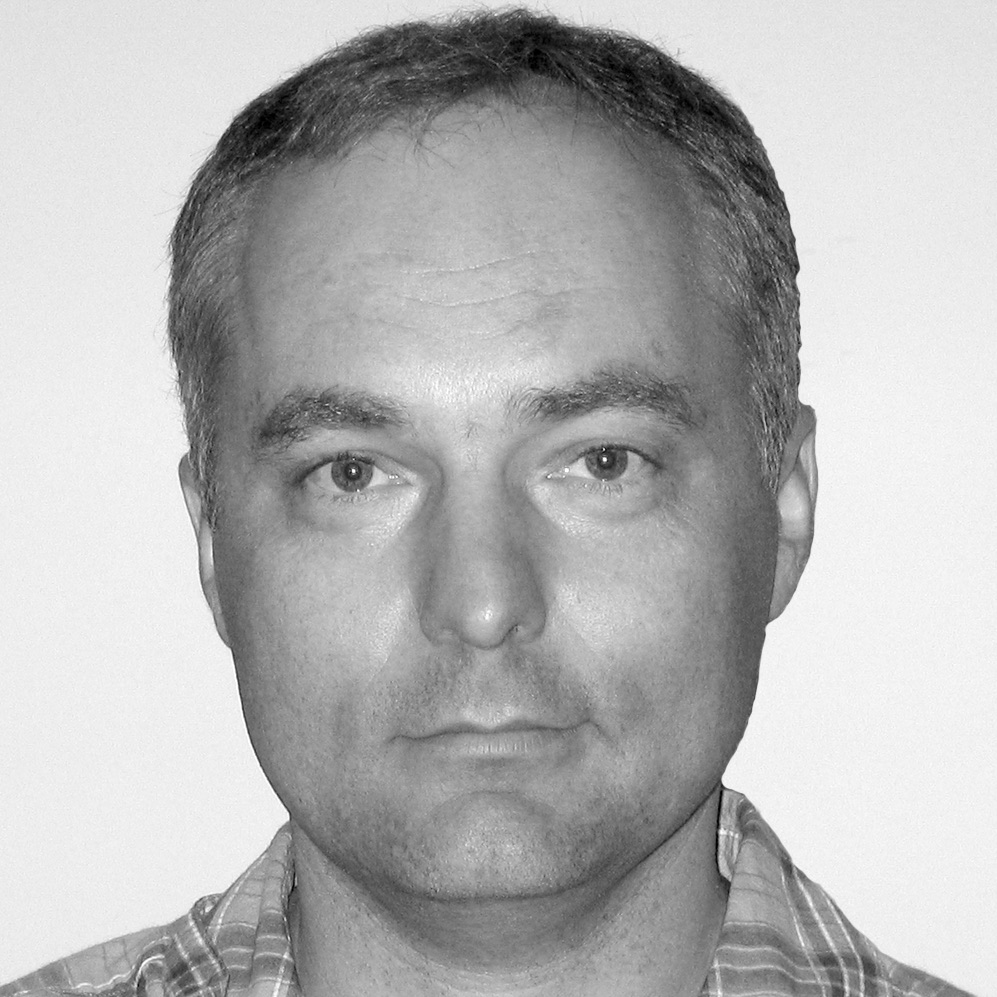
CHCCS/SCDHM Achievement Award
Gordon Kurtenbach
Citation
A 2018 CHCCS/SCDHM Achievement Award from the Canadian Human-Computer Communications Society is presented to Dr. Gordon Kurtenbach for his many contributions to the field of human-computer interaction (HCI), especially his work on novel interaction techniques for gesture-based and pen-based interfaces, his leadership in building arguably the most successful industry-based computer science research group in Canada, his exemplary role promoting collaboration between universities and industry in Canada, and his active mentorship of some of the best young Canadian researchers in the field.
Dr. Gordon Kurtenbach is the Head of Autodesk Research. After completing his B.Sc. with High Honours in Computer Science at the University of Saskatchewan in 1984, he earned his M.Sc. in 1988 in Computer Science at the University of Toronto and his Ph.D. in 1993, also in Computer Science at the University of Toronto. He worked in the Advanced Technology Group at Apple Computer and later at Xerox Palo Alto Research Center (PARC) before joining Alias Research in 1994. Starting in 1999, he led the Interactive Graphics Research Group at Alias and later, after Alias was acquired by Autodesk in 2006, he and his team continued to pursue highly innovative projects that bridged the gap between research and commercialization as Autodesk Research within the Office of the CTO at Autodesk. He currently oversees a large range of research for Autodesk that includes human-computer interaction, visualization and simulation, machine intelligence, and modeling of complex systems.
His team at Autodesk is one of the rare industrial research groups in Canada that has thrived while still being part of a hi-tech Silicon Valley-based company. Under his guidance, Autodesk Research has continued to be one of the leading industrial computing research labs in Canada, known internationally for its many innovations in computer graphics and human-computer interaction. Top researchers in both of these fields have worked at one time or another at Autodesk, often as student interns working across many disciplines, including computer graphics, human computer interaction, physical simulation, green environmental initiatives, and computer aided geometric design. This has helped foster and support the Canadian research community by providing mentoring and encouragement to multiple generations of talented Canadians. Another notable achievement is the incredible number of successful research-to-product transfers Dr. Kurtenbach’s research organization has achieved. It is not a stretch to say that the tech-transfer model within his organization, where research-to-product technology transfer specialists are embedded within the research organization, is one that other companies would do well to emulate if they are to leverage their investments in pure research.
Dr. Kurtenbach has played a key role making unique research opportunities available to Canadians. Beginning in 2010 he served as the chair of the Research Management Committee for the Graphics, Animation and New Media Network of Centres of Excellence, where he helped set priorities for a pan-Canadian, cross-disciplinary research program aimed at increasing collaboration across the digital media community within Canada. In 2012, his team at Autodesk Research was recognized with an NSERC Synergy Award for Innovation for their 20-year partnership with the University of Toronto for research and development of visual modeling technology, which has advanced the fields of film production, animation, architecture, medicine, and others. In 2018 he was honored with a prestigious “Alumni of Influence” award by University of Saskatchewan’s College of Arts and Science.
Dr. Kurtenbach has published numerous research papers and holds over fifty patents in the field of human-computer interaction. His work on gesture-based interfaces – specifically “marking menus” – has been recognized as highly influential in HCI research and practice. This work helped shape today’s graphical user interfaces and is a forerunner to the ubiquitous gestural interfaces of today’s tablets and smartphones. He has also made significant contributions developing interaction techniques for large wall displays as well as more traditional desktop systems. Pioneering work on two-handed input, high performance menu access, and alternate input techniques provided a strong patent position, enabled by his earlier effort establishing intellectual property and patent processes, which were instrumental in developing leading-edge products such as Maya, AliasStudio, SketchBook and PortfolioWall. In 2003, he shared a Special Academy Award with fellow Alias Research Group members and the software development team for the Maya 3D Computer Graphics and Animation Software. In 2005, he received the ACM UIST Lasting Impact Award for his 1991 co-authored paper on combining marking and direct manipulation techniques.